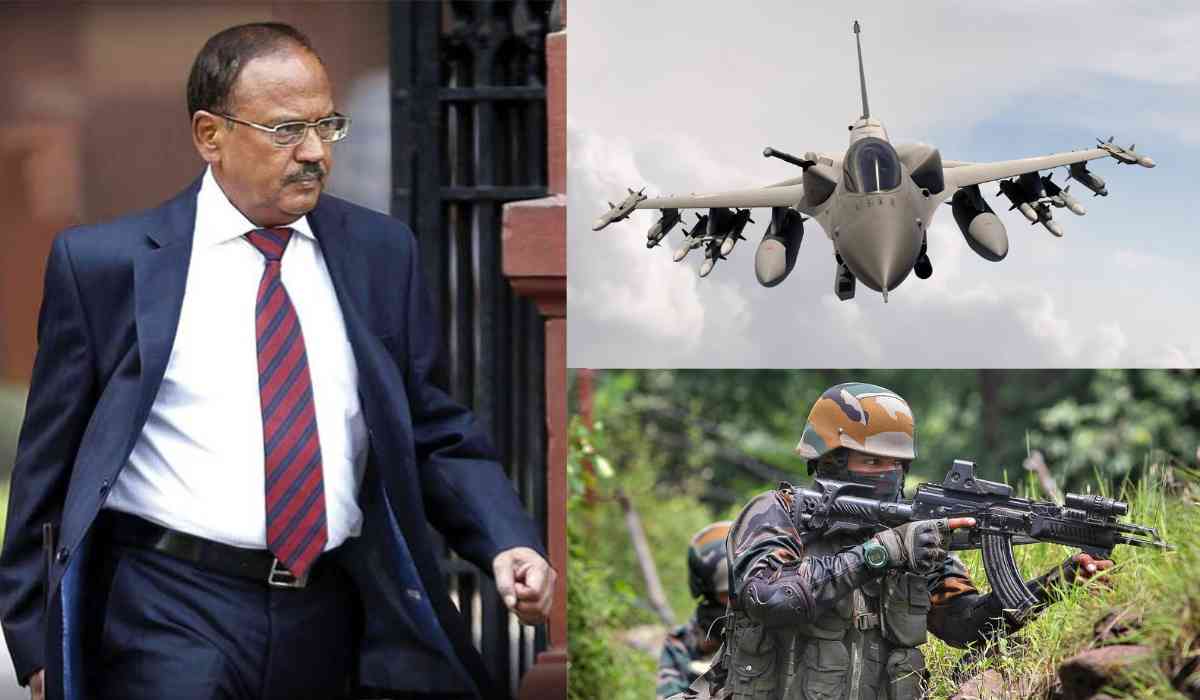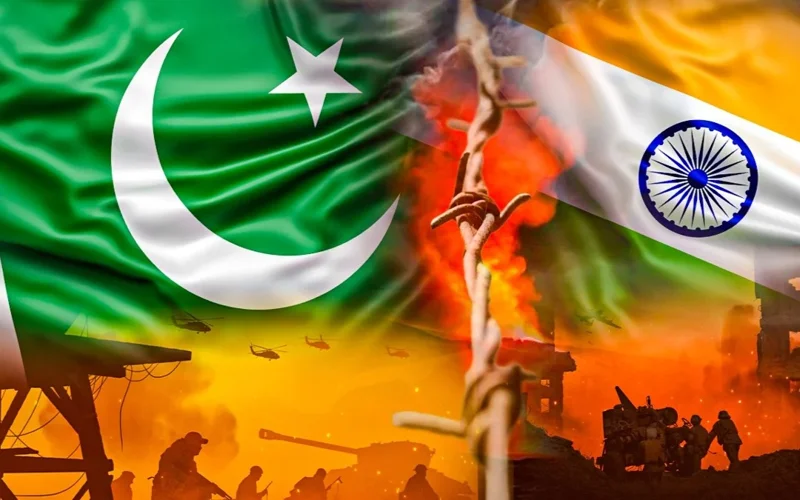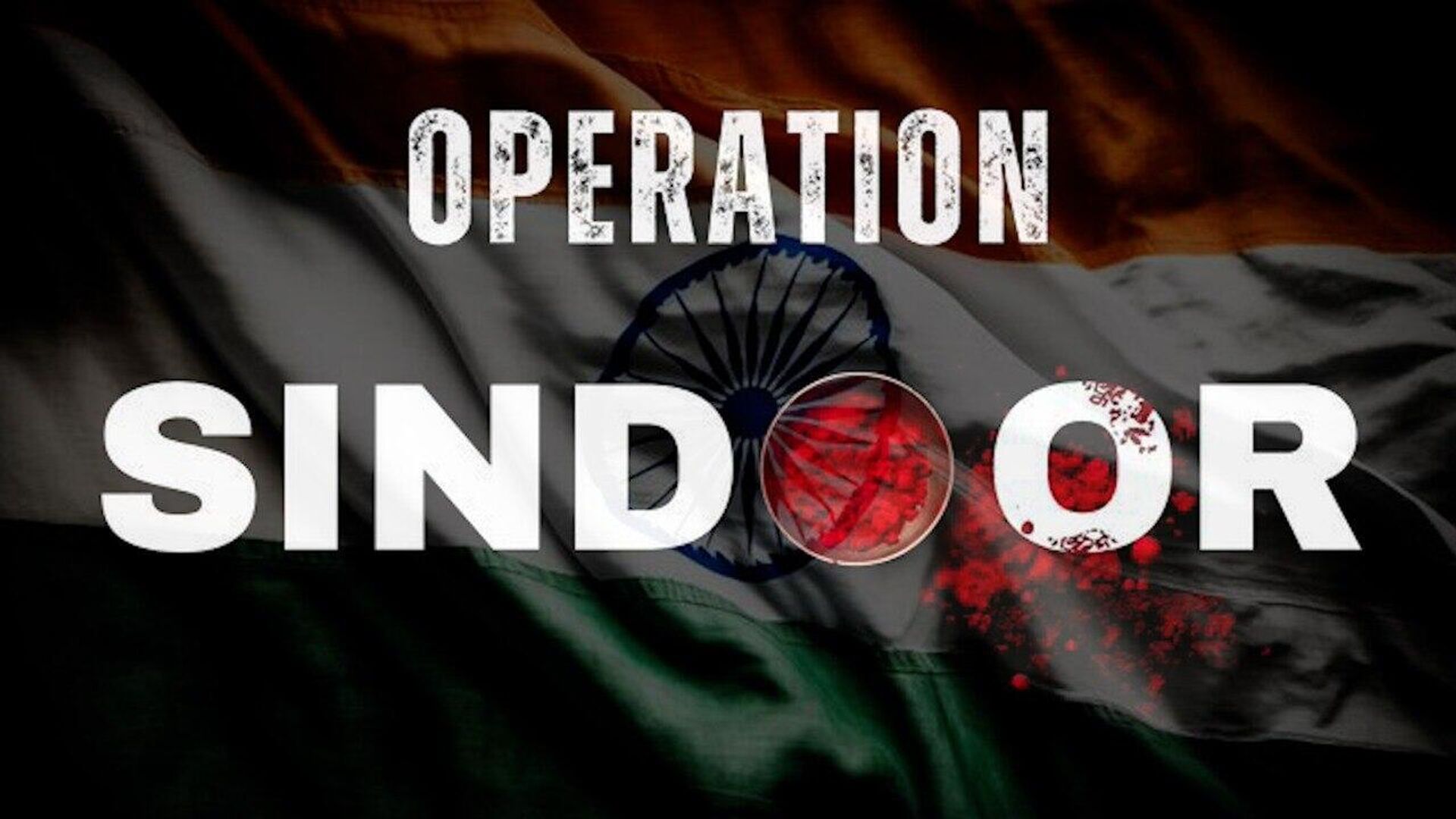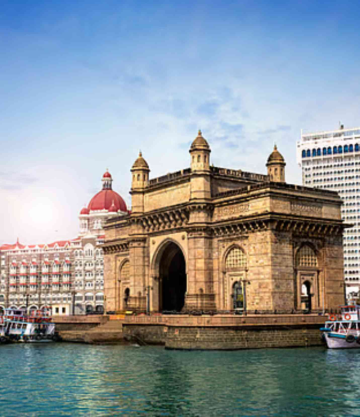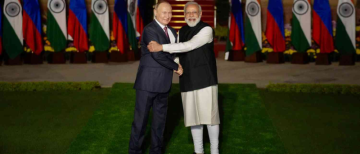In a dramatic turn of events in early May 2025, India launched a series of highly precise strikes against nine terror bases deep inside Pakistan as part of a military campaign called Operation Sindoor. This operation, which lasted just 23 minutes, was described by India’s National Security Advisor (NSA) Ajit Doval as a “clean, coordinated, and complete” mission that showcased the country’s growing technological capabilities and resolve against terrorism.
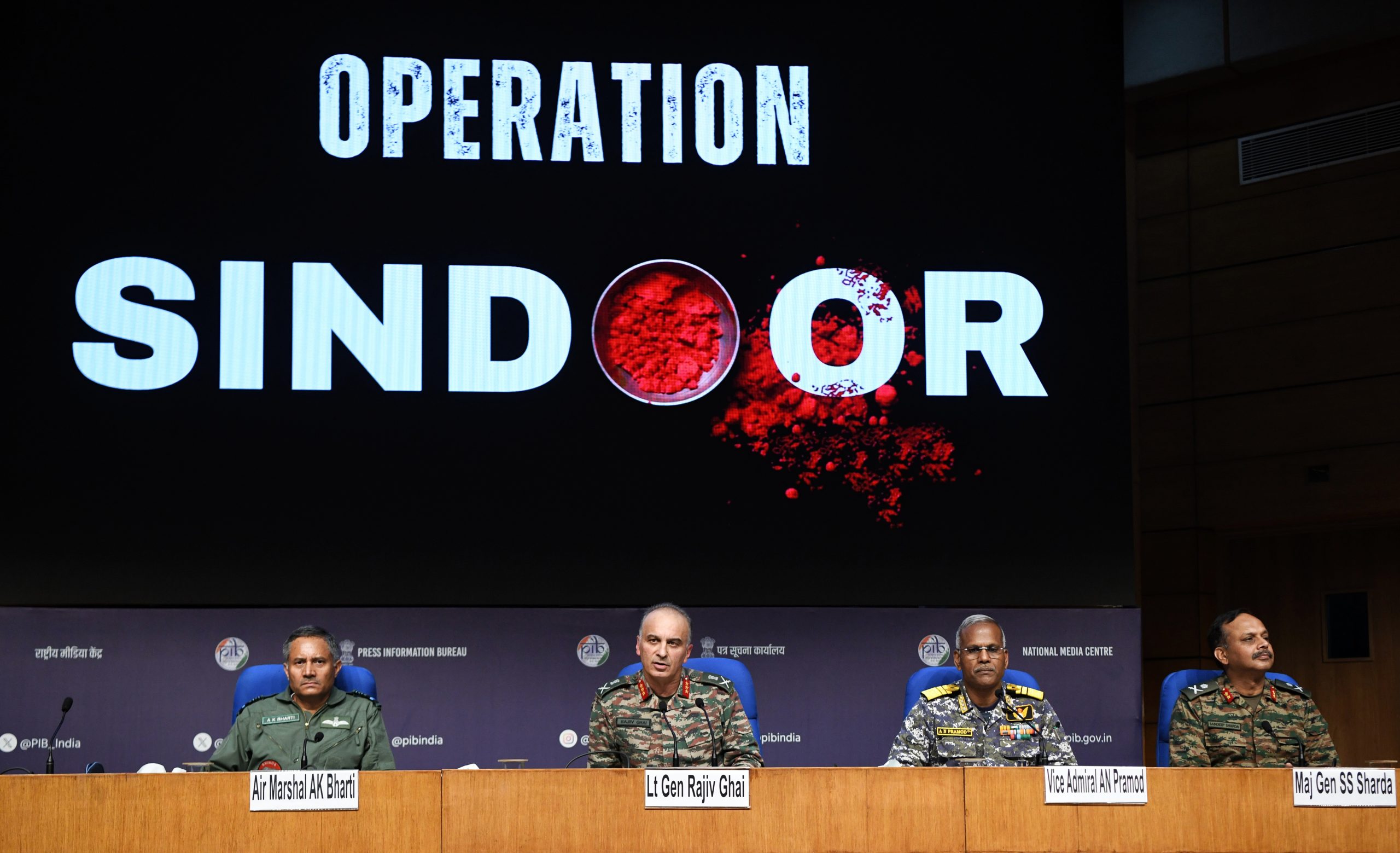
Why Did India Launch Operation Sindoor?
The operation was a direct response to a devastating terrorist attack on April 22, 2025, in Pahalgam, India, where 26 innocent tourists were killed by the Pakistan-based group “The Resistance Front” (TRF), an offshoot of Lashkar-e-Taiba. The attackers reportedly selected their victims based on religion, sparking outrage across India and drawing international condemnation.
India accused Pakistan of harboring and supporting terrorist groups that operate across the border. After repeated calls for Pakistan to act against these groups went unanswered, Indian authorities said they were compelled to act to protect their citizens and send a strong message against terrorism.

What Happened During the Strikes?
According to NSA Ajit Doval, nine terrorist targets were identified in a criss-cross pattern across Pakistan—not just near the border, but deep inside Pakistani territory, including key areas like Sargodha and Rahim Yar Khan. The operation used indigenous technology, including advanced missiles and defense systems developed in India, and was completed in just 23 minutes.
“We decided to have nine terrorist targets in the criss-cross of Pakistan, it was not in the border areas. We missed none. We hit nowhere else except that,” Doval said.
The Indian Air Force played a critical role, deploying fighter jets and precision-guided munitions to ensure only the intended terror infrastructure was hit, avoiding civilian and military targets.
How Did Pakistan Respond?
Pakistan reported that Indian missile strikes hit six locations, resulting in at least eight deaths and more than 35 injuries, including civilians. Some of the areas struck included Ahmedpur Sharqia, Muridke, and sites in Pakistan-administered Kashmir. Pakistani officials claimed that mosques were among the sites hit and that children were among the casualties.
Pakistan’s military also claimed to have downed five Indian aircraft, though India did not confirm this. In retaliation, Pakistan launched coordinated drone and missile strikes targeting Indian military installations, but India’s advanced air defense systems intercepted most of these attacks, preventing significant damage.
What Was the International Reaction?
The strikes led to a brief but intense military conflict between the two nuclear-armed neighbors. After four days of border skirmishes and mutual accusations, both sides agreed to a ceasefire following hotline talks between their top military officials, with diplomatic pressure from the United States helping to de-escalate the situation.
International media and observers were divided in their coverage. Some questioned the effectiveness and intent of the strikes, while others highlighted the risk of escalation between two countries with nuclear capabilities. Ajit Doval criticized the foreign press for suggesting that India had suffered significant damage, challenging them to produce any evidence of destruction on Indian soil.
What Does This Mean for India and the Region?
Operation Sindoor is being seen by some analysts as a turning point in how India addresses cross-border terrorism. The use of indigenous technology and the speed and precision of the operation have been highlighted as signs of India’s growing military capability and self-reliance.
However, the operation has also raised concerns about the risk of escalation between India and Pakistan, both of which possess nuclear weapons. Civilian casualties reported by Pakistan have drawn criticism from human rights groups and some international observers, who urge both countries to exercise restraint and prioritize dialogue over military action.
Public opinion in India has largely supported the government’s actions, viewing the strikes as a justified response to the Pahalgam attack and a necessary step to deter future terrorism. In Pakistan, the strikes have been condemned as violations of sovereignty and have fueled calls for international intervention.
Many people across the region and the world are calling for both countries to focus on peace and dialogue, warning that further escalation could have devastating consequences for millions.
Looking Forward
As the ceasefire holds and normalcy returns, the events surrounding Operation Sindoor serve as a reminder of the fragile peace in South Asia. The operation has sparked debates about security, technology, and the best ways to address the ongoing threat of terrorism, with many hoping that both countries will choose the path of diplomacy and cooperation in the future.
With inputs from agencies
Image Source: Multiple agencies
© Copyright 2025. All Rights Reserved Powered by Vygr Media.

